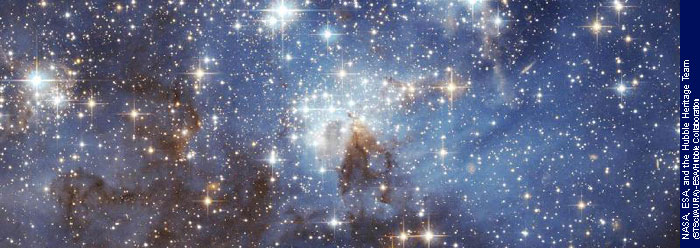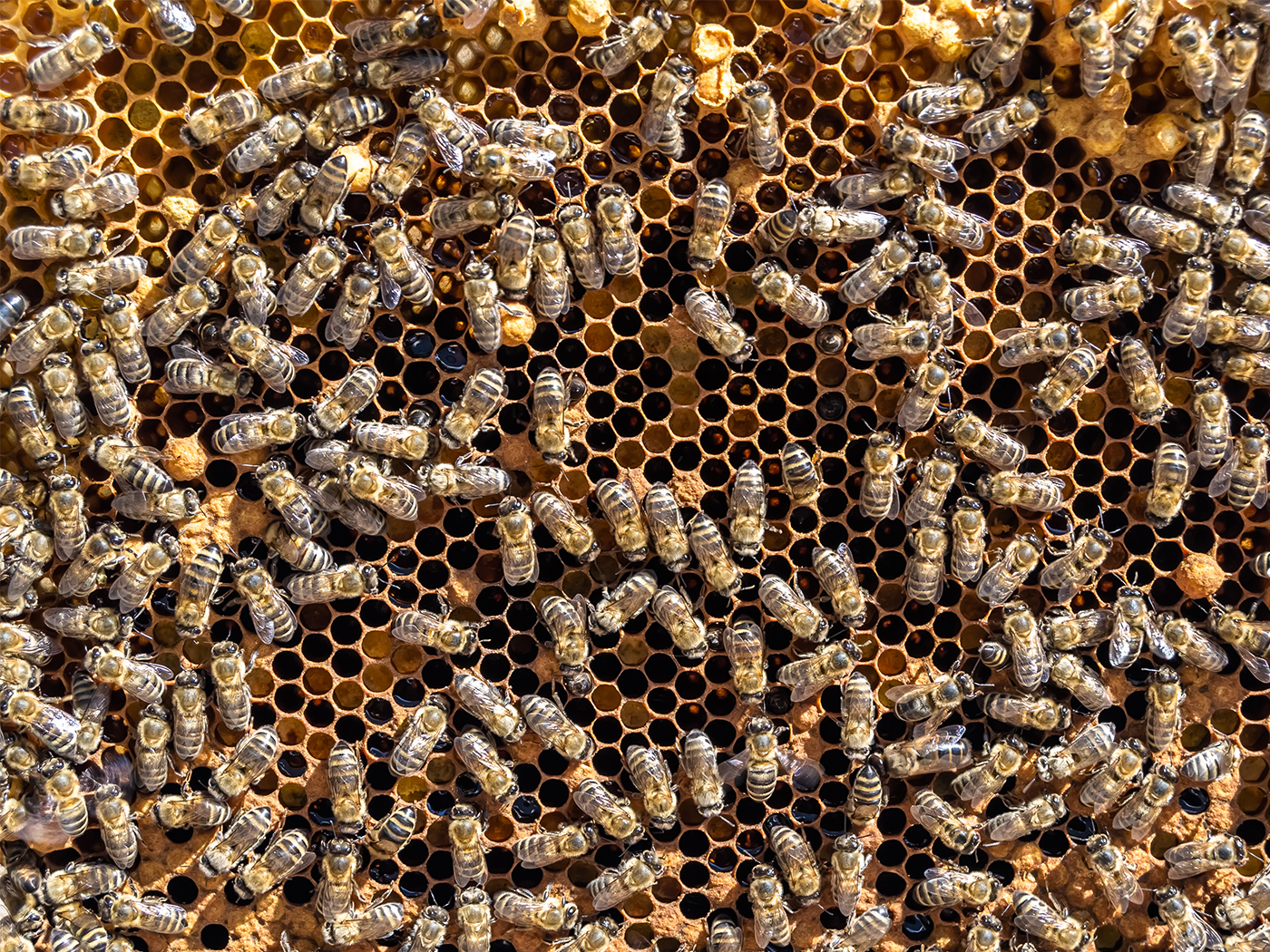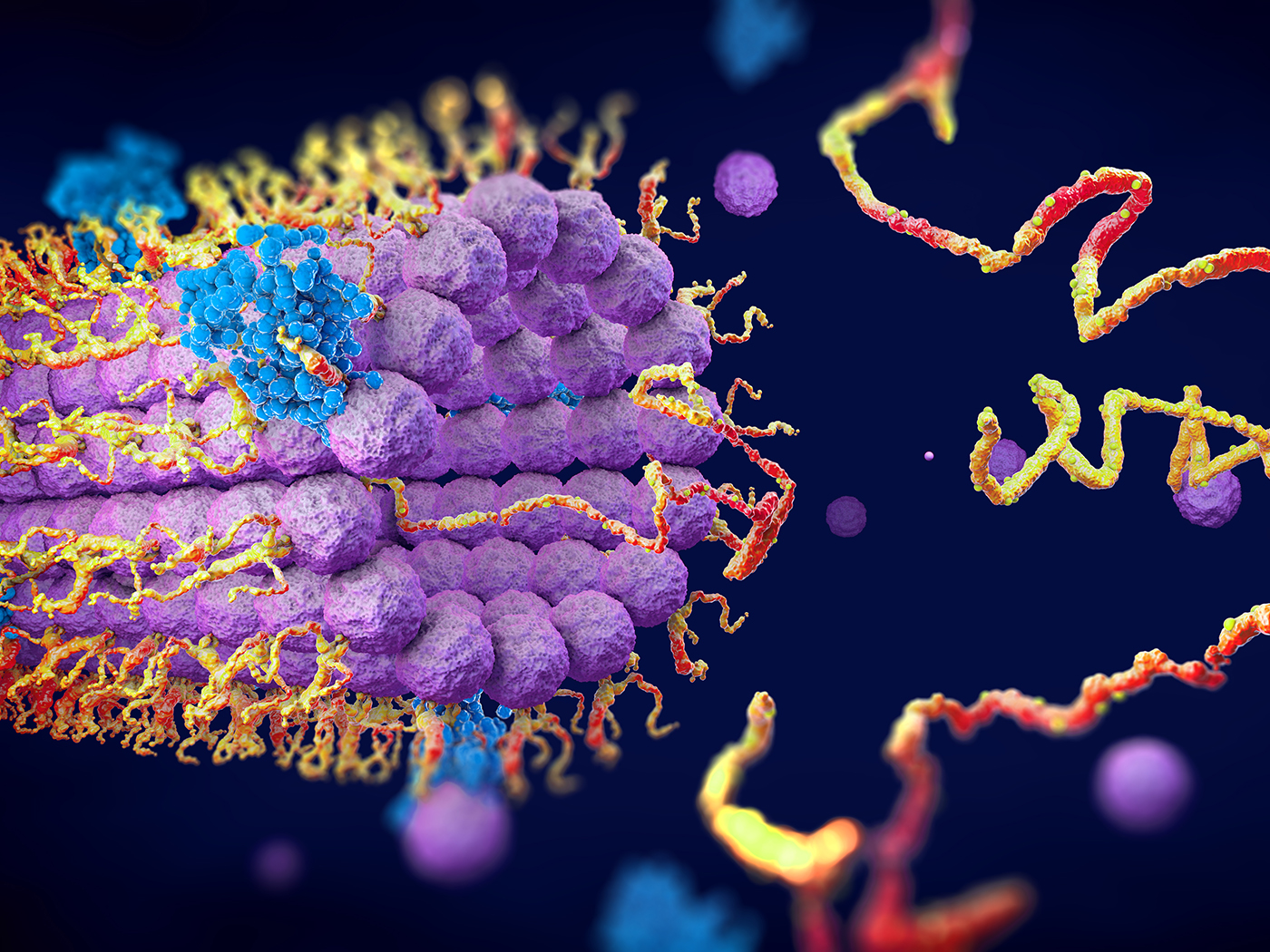Imagine a soup containing all the biochemicals of a cantaloupe except for its RNA. If we could then add the missing RNA, how close would the mixture be to an actual cantaloupe? Not very—it would have the “ingredients” of a cantaloupe, but they would be in complete disarray.
Dr. Zita Martins of the Department of Earth Science and Engineering at Imperial College London is optimistic that she might have found on a modern meteorite fragment the right ingredients for an ancient soup from whence life could have evolved. Physorg.com reported Dr. Martins as saying, “We believe early life may have adopted nucleobases from meteoritic fragments for use in genetic coding which enabled them to pass on their successful features to subsequent generations."1
Nucleobases are pieces of nucleic acids that are essential chemicals for all life. As reported in Earth and Planetary Science Letters,2 Dr. Martins’ team found uracil, one of the five nucleobases in living things, and xanthine, which is not a biomolecule. However, the difference between uracil and RNA (the nucleic acid in which this nucleobase is found in living things) is like the difference between the letter L and this sentence. RNA is chemically much more complex than a single uracil, but more to the point, uracil does not carry language information like RNA. RNA carries blueprint information for the cell, just like DNA. Hoping that the meteoric addition of carbon-containing space sludge led to the development of a living cell on earth is hoping for a miracle—without even a miracle maker!
Dr. Martin’s co-author Mark Sephton mentioned, “As more and more of life's raw materials are discovered in objects from space, the possibility of life springing forth wherever the right chemistry is present becomes more likely."1 However, chemistry is just part of the equation. Nucleotides can only form by the action of enzymes, and have not formed in any experimental chemical soups. “The result of 30 years of intensive chemical experimentation have [sic] shown that the pre-biotic synthesis of amino acids is easy to simulate but the pre-biotic synthesis of nucleotides is not.”3 Nowhere do Martin and Sephton discuss the problem of the origin of information.
From whence came the blueprint to assemble these billions of chemical parts, all of which would have to stand together to make the first cell? From what we have observed (and what most people intuitively understand), the likelihood of a nature-derived blueprint is zero. Zero multiplied by the probabilities of having each of the chemicals present in a “soup of life” still equals zero. Thus, the likelihood of a naturalistic formation of life is also zero.
References
- Scientists confirm that parts of earliest genetic material may have come from stars. Physorg. Accessed June 13, 2008.
- Martins, Z. et al. 2008. Extraterrestrial Nucleobases in the Murchison Meteorite. Earth and Planetary Science Letters. 270: 130-136.
- Dyson, F. 1985. Origins of Life. Cambridge: Cambridge University Press.
* Mr. Thomas is Science Writer.
Article posted on June 19, 2008.





















